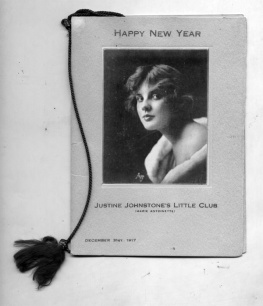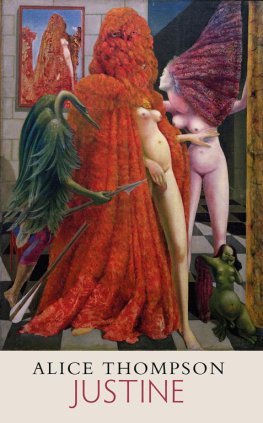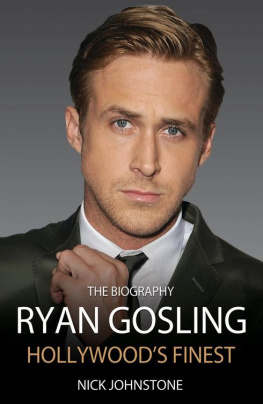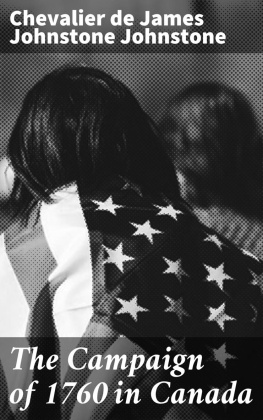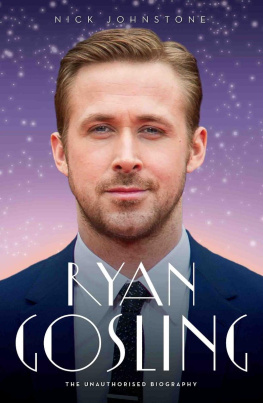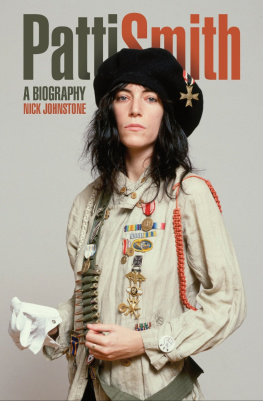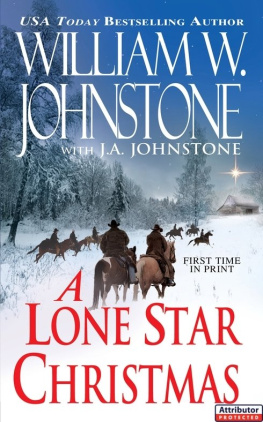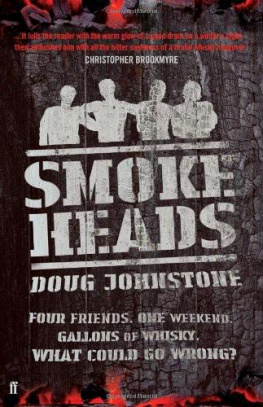
The Lives of Justine Johnstone
Follies Star, Research Scientist, Social Activist
KATHLEEN VESTUTO

McFarland & Company, Inc., Publishers
Jefferson, North Carolina
LIBRARY OF CONGRESS CATALOGUING DATA ARE AVAILABLE
BRITISH LIBRARY CATALOGUING DATA ARE AVAILABLE
e-ISBN: 978-1-4766-3131-8
2018 Kathleen Vestuto. All rights reserved
No part of this book may be reproduced or transmitted in any form or by any means, electronic or mechanical, including photocopying or recording, or by any information storage and retrieval system, without permission in writing from the publisher.
Front cover image of Justine Johnstone, photograph by James Abbe (courtesy of David S. Shields Broadway Photographs Collection, University of South Carolina / colorization by Olga Shirina)
McFarland & Company, Inc., Publishers
Box 611, Jefferson, North Carolina 28640
www.mcfarlandpub.com
To the memory of my mother
Acknowledgments
While conducting some online research for a work project one weekend, I wandered into tangential territory, for which I have a peculiar talent, and wound up reading a history of the Mount Sinai Medical Center. I came across a name that intrigued me: Mrs. Justine O. Wanger, who had co-authored a 1933 scientific paper on the slow-drip method of drug delivery, which established the modern IV unit. A woman scientist in 1933 was interesting enough, but I was curious as to why she had no academic title. I wondered if she had ever become an MD or PhD, and what had become of her. A quick search unveiled the startling discovery about who this Mrs. Wanger actually was. I had to find out more. Unfortunately there seemed to be no full biography of her. So I decided to write one.
Easy for me to say. My quest to find Justine Johnstone proved more challenging than I imagined, and Im deeply indebted to a number of extraordinary people who guided me.
I spent some very happy hours in the beautiful Shubert Archive in the delightful and most helpful company of Sylvia Wang, Maryann Chach and Mark Swartz. Barbara Niss and Nicholas Webb at the Archives and Records Management at the Mount Sinai Medical Center were extremely kind and enthusiastic. As always, the amazing curators at the Billy Rose Theatre Collection of the New York Public Library for the Performing Arts at Lincoln Center were very gracious and accommodating.
Im also very grateful to Andrea Felder and Thomas Lisanti in the Permissions Office at the New York Public Library; Meredith Mann and her staff at the Brooke Russell Astor Reading Room for Rare Books and Manuscripts at the New York Public Library; Lauren Robinson at the Museum of the City of New York; Jocelyn Wilk of the University Archives and Columbiana Library at Columbia University; Stephen Novak of the Augustus C. Long Health Sciences Library at Columbia University; Cait Miller in the Music Division of the Library of Congress; Alexis Valentine, Office of Business Enterprises of the Library of Congress; Mary K. Huelsbeck of the Wisconsin Center for Film and Theater Research; Cristina Meisner at the Harry Ransome Center, University of Texas at Austin; Jessica Guardado and Cynthia Becht in the William H. Hannon Library at Loyola Marymount University; Dr. David Shields of the University of South Carolina; Claude Zachary of the University of Southern California Libraries Special Collections; and Louise Smith of the USC Digital Imaging Laboratory.
Mr. Bill Marx, executor of the estate of his father, Harpo Marx, has been a delightful acquaintance and guide on several issues.
Justine removed herself from public view in 1926 and lived the rest of her long life in contented privacy, so details about her later life often proved as elusive as she could be. Im therefore enormously grateful to Justines son, Mr. Justin Wanger, and her granddaughter, Justine Wanger Nutter, RN, for their kindness and generosity with their time and their memories. I am especially indebted to Mr. Wanger for his astonishing and quite rare family photos.
Im very lucky to know some very special people who offered encouragement, advice, information and their invaluable friendship: editor extraordinaire Mike Schermerhorn, Neila Ruben Lee; Jennifer Lauren Lee; Emilio A. Emini, PhD; Michael Hotopp; Jack MacBean; Bob Osman; Lynn Sterling; Jan Stuart; Sam Viverito; and my incomparable, supportive family.
And Im forever grateful to my mother, the late Marjorie Inglish Vestuto, for so many things, including being a role model for a womans second and third acts in life. You can take the girl out of the theatre, but
Preface
Ask any theatre or film buff, Who was Justine Johnstone?, and you may get one of several answers. Justine Johnston? Great Broadway character actress from the 1970s. Julanne Johnston? Wasnt she in silent films with Douglas Fairbanks? Justine Johnstone? Never heard of her.
All those answers would have been perfectly fine to Justine Johnstone.
But there was a time when everyone knew who she was. The most beautiful woman in the world, she was usually called. A Broadway show was produced for her, songs were written about her, a dance and a nightclub were named for her. H. L. Mencken and Lee Shubert were besotted by her. Vanity Fair caricaturist Ralph Barton included her in a famous illustration of film-world elite. F. Scott Fitzgerald dropped her name in his works and had his fiance, Zelda Sayre, replace her unstylish wardrobe with French couture, la Justine. The thing was to look like Justine Johnstone at the time, Zelda Fitzgerald later wrote, and it still seems like a fine way to have looked. Justines name was splashed above the titles of her films and twirled in flashing red lights on a Broadway theatre rooftop. In 1919, Florenz Ziegfeld called her my American Beauty.
Ten years later, she was ensconced in a medical laboratory at Columbia University, experimenting with resuscitation techniques, developing a method for intravenous drug delivery and co-authoring scientific papers. Nobody noticed.
When word eventually got out that former Ziegfeld Follies girl and film star Justine Johnstone was now a lady scientist who had contributed to the cure for syphilis, journalists tumbled over each other for an interview. She politely refused them. She wasnt being coy. She simply didnt think she had anything interesting to say. She was simply a single mom raising two boys and working on cancer cures.
Even more than Hedy Lamarr, the glamorous actress and inventor who did not leave acting for scientific pursuits, Justine Johnstone defied popular expectations of what actresses and show girls were supposed to be. Those expectations were a hyperbole of the ideal female of the time: basically, very pretty, intellectually unchallenging to men, and someone who took no action on anything of much importance.
By the time Justine Johnstone made her Broadway debut at age 15 in 1910, theatrical producers and press agents had long been making a cult of female performers known as show girls. Initially a show girl was simply a girl who appeared in the chorus or small role of a Broadway show or vaudeville. In 1900, the British import Floradora featured a chorus of six English Girls who became known as the Floradora Girls. Daintily dressed in prim frocks, hats and parasols, the girls created a sensation by winking at the audience and, supposedly, establishing the phenomenon of stage door johnnies, wealthy men lined up after the show to take them out.
Next page
